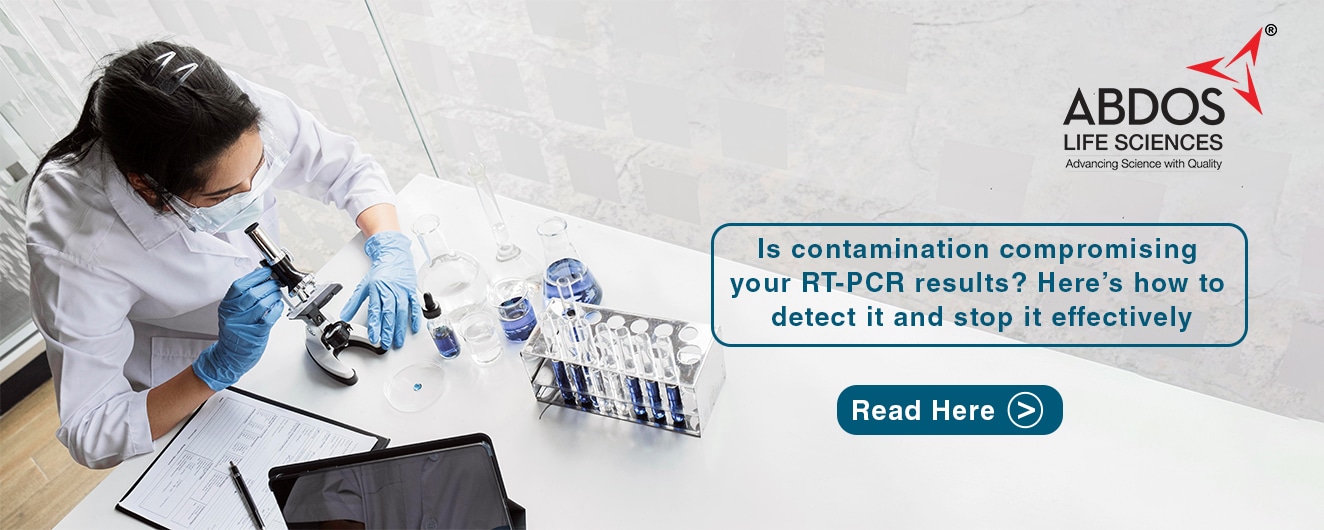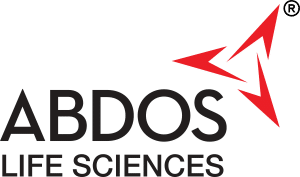
Contamination in RT-PCR workflows isn’t just a minor concern; it’s one of the most critical threats to accurate and reliable results. Even trace levels of unwanted nucleic acids, such as leftover amplicons or cross-sample material, can lead to false positives and data misinterpretation.
RT-PCR, which combines reverse transcription of RNA into cDNA with the amplification of targeted DNA sequences, is highly sensitive; ideal for detecting low-abundance RNA. However, this same sensitivity makes it vulnerable to contamination from previous runs or cross-samples. In high-stakes applications such as epidemic monitoring or detecting drug-resistant mutations in viruses, bacteria, and fungi, even minor contamination can lead to major consequences.
Understanding the risks and implementing proven contamination control strategies is essential to protect your data quality, diagnostic accuracy, and experimental accuracy.
From Sample to Aerosol: Tracing the Roots of RT-PCR Contamination
Cross- Contamination: One among the major is the large numbers of target organisms in clinical specimens that may result in cross-contamination between samples or between samples and reagents.
Amplicon Contamination: Plasmid clones derived from organisms that have been previously analysed and that may be present in large numbers in the laboratory environment, repeated amplification of the same target sequence leads to accumulation of amplification products if not decontaminated in the laboratory environment.
Aerosolization: A typical PCR generates as many as 109 copies of target sequence and if aerosolized, even the smallest aerosol will contain as many as 106 amplification products. If uncontrolled, within a relatively short time the buildup of aerosolized amplification products will contaminate laboratory reagents, equipment, and ventilation systems.
Sample-to-sample contamination: In the laboratory, sample-to-sample contamination can occur during sample processing and storage, if the same equipment is used for different samples leading to unintentional transfer of material between samples.
Contamination Control That Works: Effective Lab Practices
Surface Decontamination:
Surfaces in the lab such as benches, pipettes, doorknobs, can cause DNA contamination. Several effective methods and chemicals are commonly used for surface decontamination such as 10% Bleach Solution, widely used agents for decontaminating surfaces, to avoid unwanted DNA to get amplified during experiment.
Ultra-violet light irradiation
UV light was the first sterilization technique used to eliminate amplification products carryover contamination. The technique is based on the property of UV light to induce thymidine dimers and other covalent modifications of DNA that render the contaminating nucleic acid inactive as a template for further amplification.
DNA Decontamination Reagents
DNA decontamination reagents are specially designed chemical solutions used in molecular biology laboratories to remove or destroy DNA and RNA from surfaces and equipment. They are especially important in PCR (Polymerase Chain Reaction) labs where even tiny amounts of contaminant DNA can cause false-positive results due to PCR’s high sensitivity.
Filter Tips for aerosol barriers
Aerosols have the potential to cause cross-contamination between samples. Small amounts of a contaminated aerosolized sample could not be reintroduced into the subsequent sample. Furthermore, using the proper pipetting technique aids in lowering contamination. When liquids are dispensed, improper pipetting can cause the formation of aerosols. Abdos offers filter tips that prevents both liquid & aerosol passing through the filter.
Dedicated Work Areas
Separate pre-PCR (sample prep) and post-PCR (amplification/analysis) zones to prevent cross-contamination and proper storage of samples is recommended to prevent sample-to-sample or sample-to-reagent contamination by maintaining organized, labelled storage.
PCR Under Control: Proven Precautions to Ensure Accuracy and Reliability
Practice Good Pipetting Techniques: Avoid touching the inside of tubes, pipetting above the liquid level, or pipetting too forcefully. Open and close tubes gently to prevent splashing or aerosol formation.
Setup controls on every PCR experiment: Including proper positive and negative controls in every PCR run which helps in validating the results, identify contamination, and troubleshoot issues in the reaction.
Use of personal protective equipment In PCR workflow: When working with PCR wear appropriate personal protective equipment (PPE) such as gloves, lab coats, goggles, and masks. It prevents exposure to pathogens, allergens, irritants, and contaminants. It also protects you from accidental spills, splashes that may occur during the experiment.
Proper waste disposal
Follow the waste disposal protocols of lab and institution, as well as local and federal regulations. When disposing of PCR waste, it is important to segregate it into different categories, such as biohazardous, chemical, or sharps, and use appropriate containers and labels for each. Additionally, deactivate your PCR products and reagents before disposing of them with autoclaving, incinerating, or treating with bleach or ethanol.
In conclusion, contamination in RT-PCR workflows is more than just a technical challenge, it’s a critical threat to data accuracy and scientific credibility. Even minimal nucleic acid contamination can lead to false positives and misinterpretation, particularly in high-stakes applications like clinical diagnostics, epidemiological tracking, and antimicrobial resistance detection. Understanding the sources such as cross-sample transfer, aerosolization, and amplicon accumulation and implementing preventive measures like proper pipetting, the use of PPE, routine decontamination, and strict control protocols, is essential. These practices are not merely recommended, they are vital to ensuring the accuracy, reliability, and reproducibility of RT-PCR results.
To know more about ABDOS Filter Tips => Click Here <=
To know more about how we can further support your lab needs, Contact us
References:
10.1128/jcm.29.7.1281-1285.1991
https://www.who.int/teams/dos-and-dont-of-moleculartesting
doi: 10.1016/S1473-3099(04)01044-8
